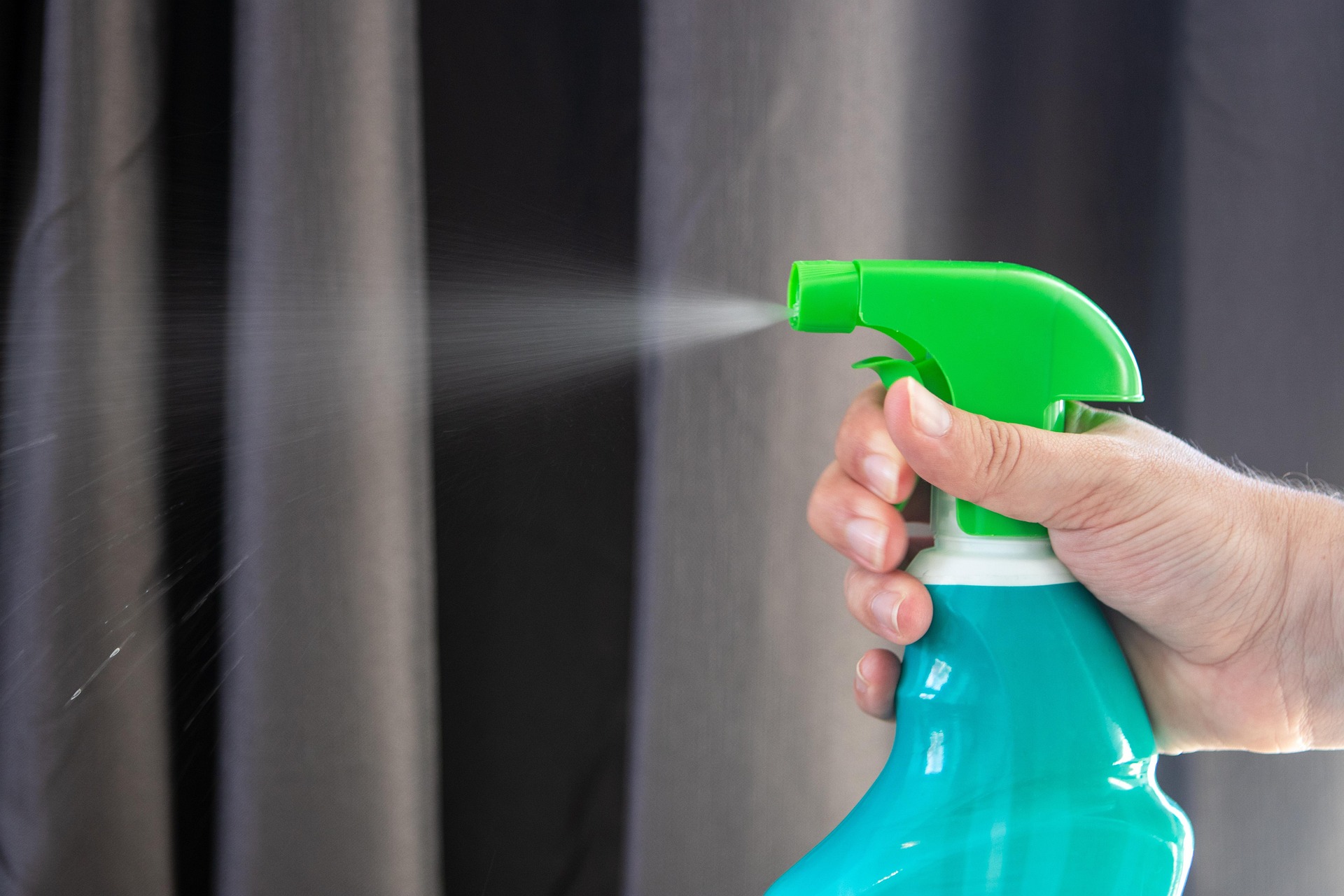Everyday chemicals still lead Poison Center calls in Washington state

Data from the Washington Poison Center confirms what many families in King County already know: the biggest risks of chemical exposure aren’t exotic industrial toxins—they’re everyday household products and medicines.
The Latest Numbers
The Poison Center’s 2024 data (published April 2025) shows:
- Pain relievers (analgesics) are the #1 exposure for all ages statewide. Over-the-counter medicines like acetaminophen (Tylenol) and ibuprofen (Advil) drive thousands of calls each year.
- Household cleaning products remain a leading cause of poisoning in young children, who are most at risk when products are left within reach.
- Prescription drugs such as antidepressants, sedatives, and heart medications continue to account for significant adult and teen exposures.
- Cosmetics, vitamins, and dietary supplements also appear in the top 10, especially for kids under five.
These statewide findings reflect the reality in King County, which accounts for a large share of calls to the Poison Center.
What It Means for King County Families
The message is clear: the most frequent exposures often come from the common products stored in our garages, medicine cabinets, and under our sinks. It could be a toddler ingesting a brightly colored cleaner, someone breathing in fumes while painting a room, or an older adult accidentally mixing household chemicals. These are everyday situations that can quickly become emergencies. Most are preventable with simple steps—like storing products safely, reading labels carefully, using good ventilation, and getting rid of what you no longer need before it becomes a hazard.
Take Action
You can reduce the risk of accidental poisoning in your home by taking a few simple steps:
- Store cleaners, pesticides, and automotive fluids up, away, and out of sight of children.
- Always keep products in their original containers with labels intact.
- Make sure to ventilate well when using paints, solvents, or strong cleaners to avoid breathing in harmful fumes.
- Don’t hang on to products you no longer need—safely disposing of them keeps your home safer and less cluttered.
For safe disposal options and tips on reducing toxic products at home, check out the Haz Waste Program’s Household Waste Resources.
And remember: if you think someone has been exposed to poisonous, hazardous, or toxic substances, call the Washington Poison Center at 1-800-222-1222 right away. Trained nurses and pharmacists are available 24/7 to give free, confidential advice.

 Translate
Translate